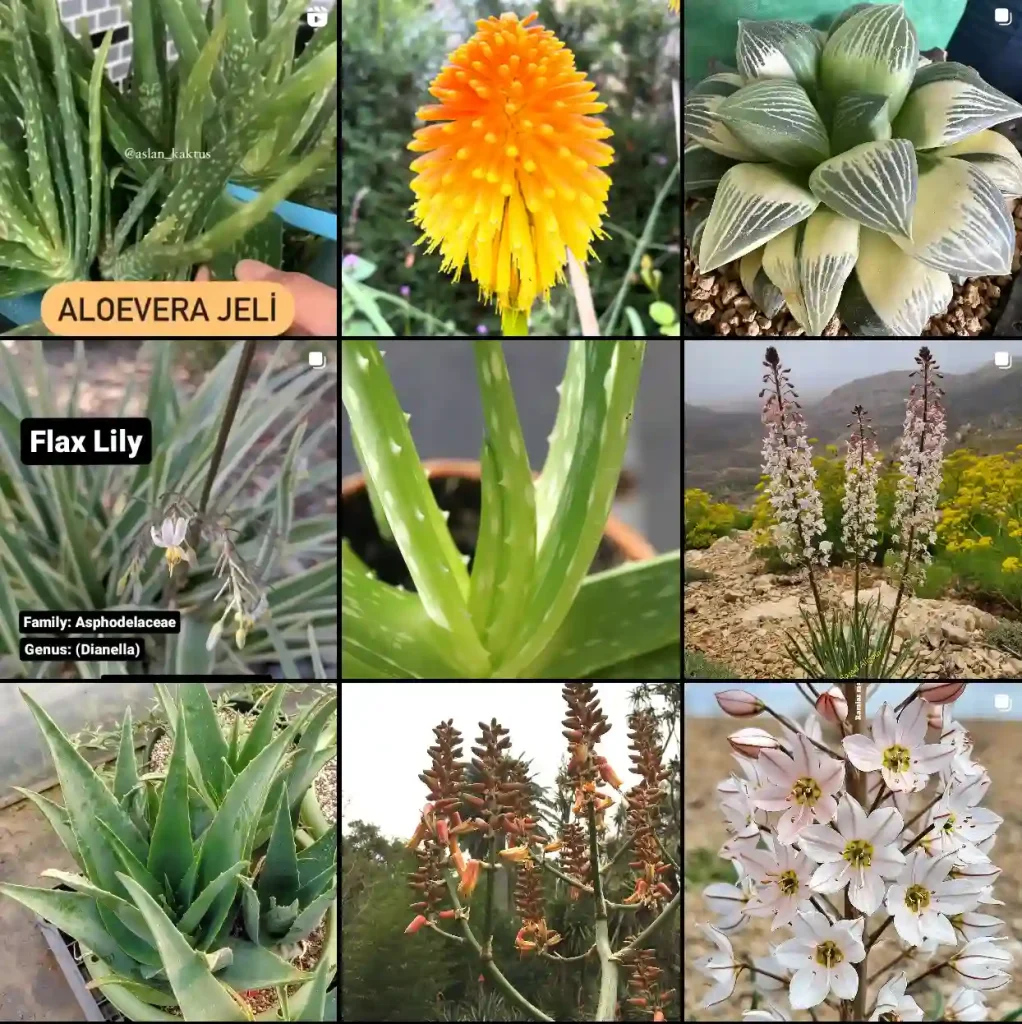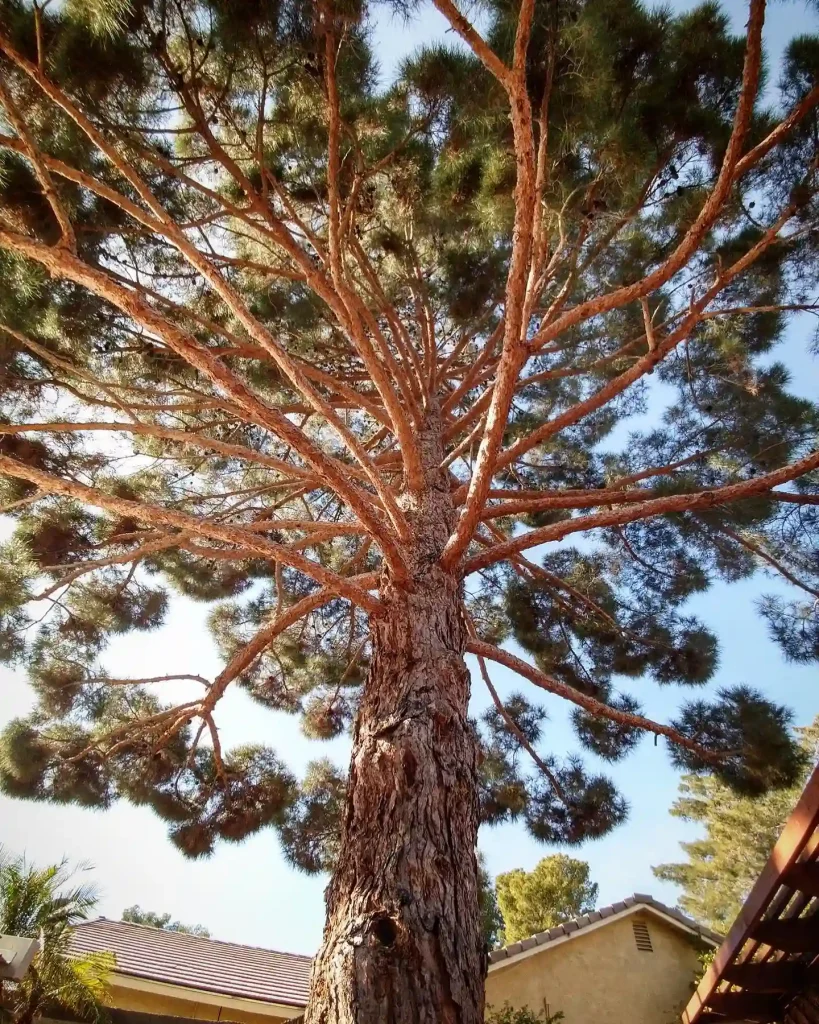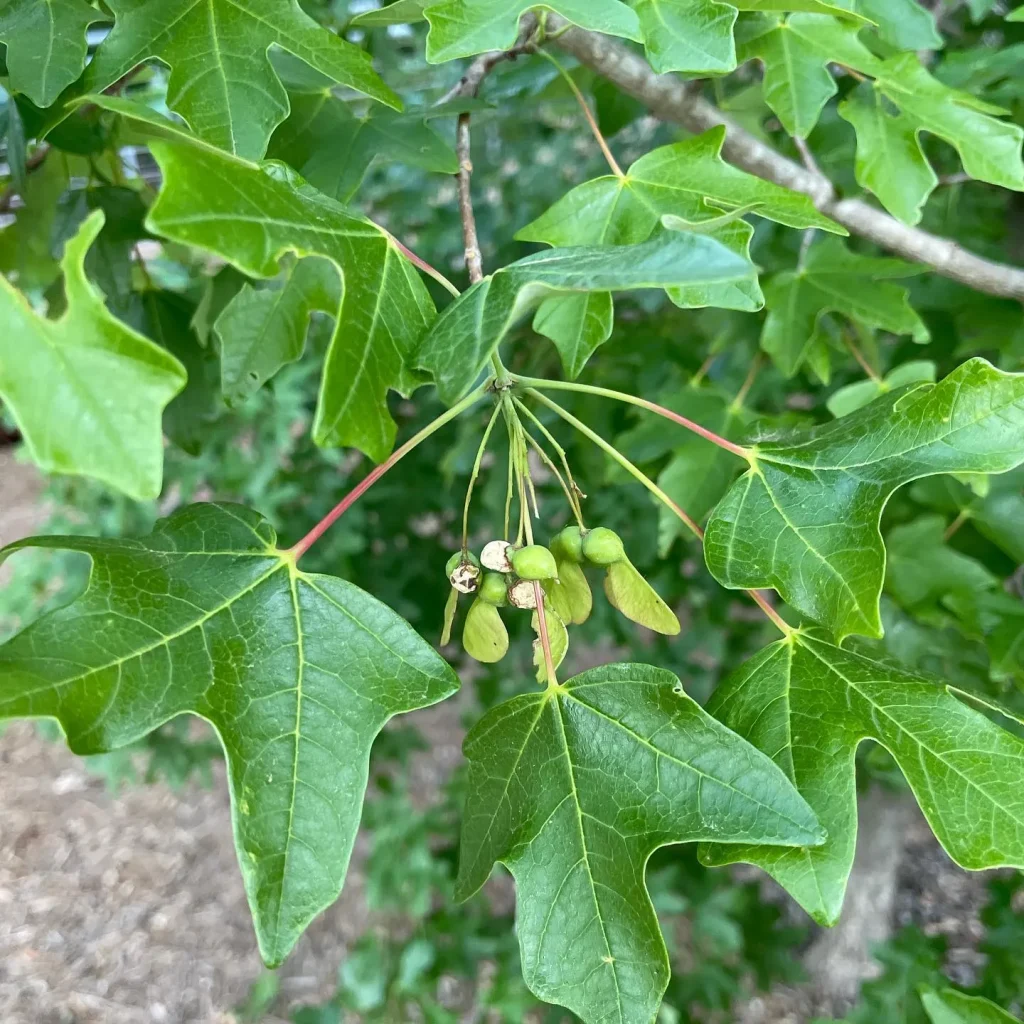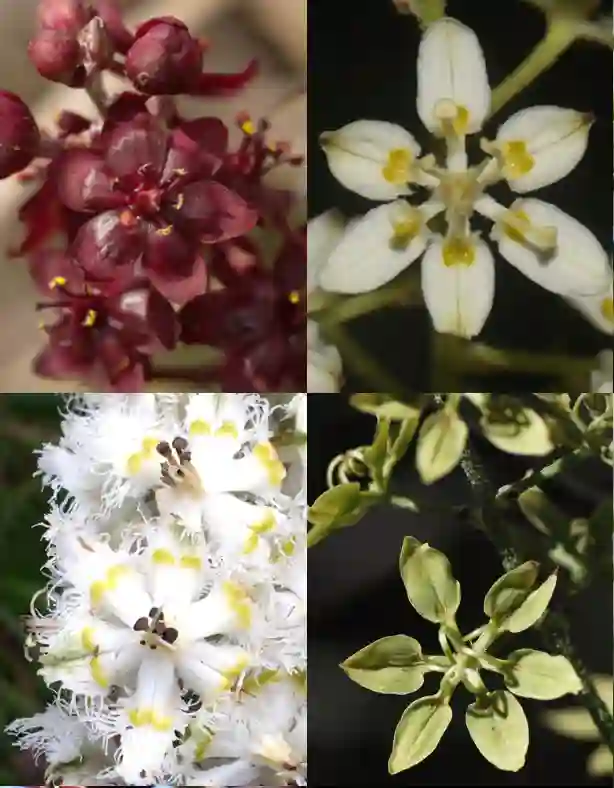FAQs About Stifftia Chrysantha: Everything You Need to Know
Stifftia Chrysantha is a plant I’ve become quite fond of. With its bright yellow blooms and unique growth habit, it stands out in any garden or indoor space. Here’s a comprehensive guide to everything you might want to know about Stifftia Chrysantha, based on my own experiences and research.
What Is Stifftia Chrysantha?
Stifftia Chrysantha is a tropical plant known for its vibrant, yellow flowers. Native to the Atlantic Forest of Brazil, it belongs to the Asteraceae family. The plant’s small, daisy-like blooms appear in clusters, which can make a striking visual impact. Its foliage is typically dark green and glossy, complementing the bright flowers nicely.
Plant Family: 1720 Genera in Asteraceae
How to Care for Stifftia Chrysantha?
Caring for Stifftia Chrysantha can be straightforward once you understand its needs:
- Light: It thrives in bright, indirect light. While it can tolerate some direct sunlight, too much can scorch the leaves. If growing indoors, place it near a window with filtered light.
- Watering: This plant prefers consistently moist soil but not soggy. I water mine when the top inch of soil feels dry. Ensure proper drainage to prevent root rot.
- Temperature: Stifftia Chrysantha enjoys warm temperatures, ideally between 65°F and 80°F (18°C to 27°C). It doesn’t handle cold well, so avoid placing it in drafty areas or near air conditioning vents.
- Humidity: Being a tropical plant, it appreciates higher humidity levels. If your indoor environment is dry, consider using a humidity tray or a room humidifier.
- Fertilizing: Feed it with a balanced liquid fertilizer every 4-6 weeks during the growing season (spring and summer). Reduce feeding in the fall and winter when growth slows down.
How to Propagate Stifftia Chrysantha?
Propagating Stifftia Chrysantha can be done through stem cuttings. Here’s a simple process:
- Select a Healthy Stem: Choose a stem that’s healthy and free from diseases. It should be around 4-6 inches long with a few leaves attached.
- Cut the Stem: Use a sharp, sterile knife or scissors to make a clean cut just below a leaf node.
- Prepare the Cutting: Remove the lower leaves from the cutting, leaving just a few at the top. Dip the cut end in rooting hormone to encourage root development.
- Plant the Cutting: Place the cutting in a small pot filled with a well-draining potting mix. Water it lightly and cover with a plastic bag or dome to maintain humidity.
- Care for the Cutting: Keep the cutting in bright, indirect light. Water when the soil feels dry and wait for roots to form, which can take a few weeks.
What to Plant With Stifftia Chrysantha?
Stifftia Chrysantha pairs well with other tropical plants that have similar light and water requirements. Some good companions include:
- Philodendrons: Their lush foliage complements the bright blooms of Stifftia.
- Ferns: They add a soft, contrasting texture and thrive in similar humidity conditions.
- Orchids: Both plants enjoy high humidity and can create a vibrant, tropical display together.
Is Stifftia Chrysantha Toxic?
Stifftia Chrysantha is not known to be toxic to pets or humans. However, as with any plant, it’s a good idea to keep it out of reach of curious pets or young children. If ingested in large quantities, even non-toxic plants can cause gastrointestinal upset.
Benefits of Stifftia Chrysantha
One of the biggest benefits of Stifftia Chrysantha is its ability to brighten up any space with its cheerful yellow flowers. It’s also a relatively low-maintenance plant, making it a great choice for busy individuals or those new to gardening. Additionally, its ability to adapt to various light conditions makes it versatile for different environments.
Common Problems and How to Fix Them
- Leaf Drop: If you notice leaves falling off, it could be due to inconsistent watering or low humidity. Ensure you’re watering correctly and increase humidity if necessary.
- Yellow Leaves: Yellowing leaves can indicate overwatering or poor drainage. Check the soil moisture and ensure the pot has proper drainage holes.
- Pests: Watch out for common pests like spider mites or aphids. Regularly inspect your plant and treat any infestations with insecticidal soap or neem oil.
Comparing Stifftia Chrysantha with Similar Plants
If you’re considering plants similar to Stifftia Chrysantha, you might come across:
- Euryops Pectinatus: Often confused with Stifftia due to its similar flower shape, Euryops has a slightly different growth habit and prefers drier conditions.
- Bidens Ferulifolia: Known as the “Beggarticks,” this plant has similar bright, daisy-like flowers but is generally more tolerant of dry conditions.
In summary, Stifftia Chrysantha is a delightful plant that can add a burst of color to any setting. With the right care and attention, it can thrive and bring joy with its sunny blooms. Whether you’re a seasoned gardener or a beginner, Stifftia Chrysantha is worth considering for your plant collection.
If i die, water my plants!



